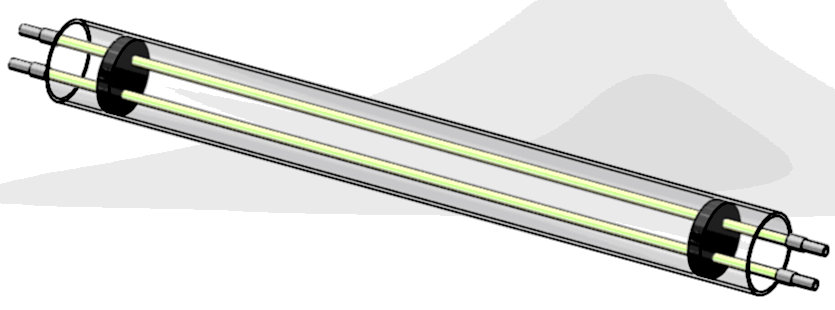Download:
Stable Isotope of Oxygen, Hydrogen and Carbon Determination Heating sapphire tubes

Isotope analysis is the identification of isotopic signature, the distribution of certain stable isotopes and chemical elements within chemical compounds. This can be applied to a food web to make it possible to draw direct inferences regarding diet, trophic level, and subsistence. Variations in isotope ratios from isotopic fractionation are measured usingmass spectrometry, which separates the different isotopes of an element on the basis of their mass-to-charge ratio.
The ratios of isotopic oxygen are also differentially affected by global weather patterns and regional topography as moisture is transported. Areas of lower humidity cause the preferential loss of 18O water in the form of vapor and precipitation. Furthermore, evaporated 16O water returns preferentially to the atmospheric system as it evaporates and 18O remains in liquid form or is incorporated into the body water of plants and animals.
***** Reference*****
Open tube combustion method of organic samples for stable carbon isotope analysis.
Abstract
A simple and effective method for the conversion of organic carbon into carbon dioxide for analysis of stable carbon isotopes (delta(13)C) in samples of various organic substances, soils, sedimentary rocks, oils and volatile organic liquids is presented. The conversion of organic carbon of the samples is carried out in a quartz reactor connected to a vacuum line for CO(2) freezing and purification. A solid organic sample mixed with CuO is placed at the reactor bottom and the reactor is subsequently filled with granular CuO. One end of the CuO column is preheated to 850 degrees C while the other end of the column in contact with the sample is kept at ambient temperature. Heating of the sample (850 degrees C) and the remainder of the column is then performed. The preheated part of the column provides efficient conversion of carbon into CO(2). The reactor for the conversion of volatile liquid organic compounds is filled with granular CuO. The column of CuO is heated to 850 degrees C. Samples of volatile liquids are introduced into the reactor through a septum using a microsyringe. Complete conversion takes 10 min for solid samples and 3 min for volatile liquids. The precision of the delta(13)C analysis for solid and volatile liquid organic substances is +/-0.1 per thousand and +/-0.04 per thousand, respectively.
Copyright (c) 2007 John Wiley & Sons, Ltd.